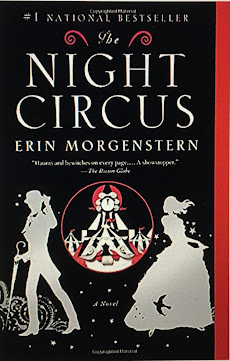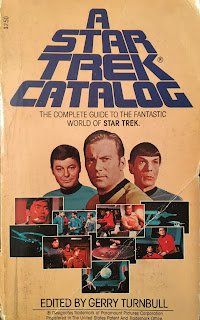A Trio of Reviews to Kick Off this Autumn
By Theresa Gauthier
I've read this trio of books recently, though not at all related to each other, I've decided to review them together. Check them out and see if you agree with me.
Cities of Women by Kathleen B. Jones
I’ve not read a lot of historical fiction—at least not as much as I once did. I’m not sure why, but after I discovered SF & Fantasy, I seemed to abandon it. There were occasional historical fiction novels that fell into my path, but some were SF as well, so I’m not sure they count.
Cities of Women by Kathleen B. Jones appealed to me on several levels. I like a novel told in two different eras, and I like a novel with a feminist slant. I dove into this one, and I have to say I was impressed almost right away.
The present day story features a character named Verity Frazier and her attempt to prove that a woman illustrated medieval manuscripts in the 15th century. Proving this would be difficult to say the least, since the idea of a woman doing anything important would be something most scholars would scoff. It’s a difficult road she’s chosen, and the research seems intimidating. Women’s achievements weren’t documented through history, or were credited to men instead. Finding some sort of proof that a woman was not only capable of such work, but actually did it as good as or better than male “masters” of such work seems impossible.
Verity perseveres, however, and follows her leads sometimes against her inclination. In the end she finds more than she imagined.
I enjoyed the book—for the most part. The author chose to include a couple of scenes that didn’t seem to fit to me. In each a strange vision or apparition appears — but it’s so awkwardly tied to the rest of the narrative, that I can’t help imagining it as though a serious play is interrupted when a novice performer wanders onstage in a costume cobbled together from the back of a thirty-years out-of-date closet. Amidst well groomed, believably dressed characters in walks someone with a costume put together from old bathrobes, duct tape, and broken bits of debris to make a strange pronouncement and wander offstage again.
Ignoring these moments, the rest of the narrative is engrossing enough to call this a good read. Even so, I’d give it at most three stars out of five—a solid, good story.
The Favor by Adele Griffin
In The Favor, Adele Griffin tackles the difficulties of a childless couple whose every attempt at parenthood has been thwarted confronted with one final chance—and all the unforeseen stress this entails. Nora Hammond, who works at the I’ll Have Seconds vintage dress shop in Manhattan, meets an eccentric, wealthy woman whose cavalier spending brings opportunities to Nora. She’s enamored of the woman’s lifestyle, but it’s so much more than that. She wants to be in this woman’s circle, not only because she’s wealthy but because of her attitude, her easy embrace of all that life offers—but there’s a level of stress in the relationship that surprises her.
Can Nora and her husband come through it all with their relationship and their ideals intact? It’s a long road, but it’s in intriguing style of storytelling.
Bournville by Jonathan Coe
Jonathan Coe’s Bournville tells the story of a family in a suburb of Birmingham—a town that is to England what Hershey, PA is to the United States. Starting in 1945, we follow the family as it grows and changes. Marriages, babies, illnesses, deaths, jobs, schools, friendships, neighborhoods—the family deals with everything from war to pandemic to long-held secrets, and of British Chocolate!
There’s a lot here, and I found parts of the book thoroughly engrossing, and others marginally perplexing. Why the author chose to go into such detail with certain historic events—seemingly quoting verbatim the televised commentary of Queen Elizabeth II’s coronation and Princess Diana’s funeral—I’m not entirely certain, but I did enjoy the parallel’s of the family changing as marked against these events and the British Royal Family as a way of keeping things grounded in the times in which they occurred.
This trio of books—all so different, yet all engaging and worth reading.









Comments
Post a Comment